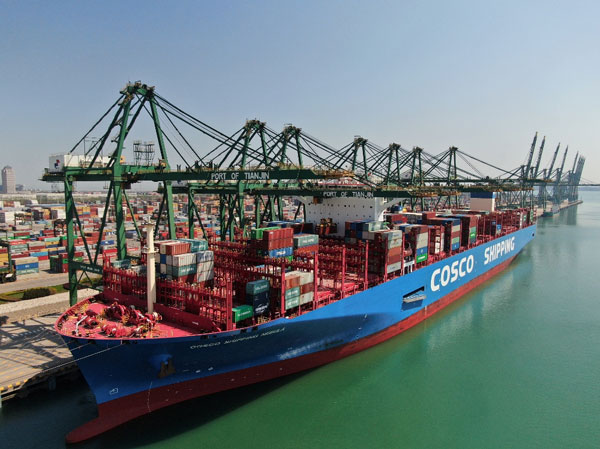After the Amazon account suspension wave, cross-border overseas companies began to shift their focus to independent websites, and the great success of SHEIN and Anker accelerated the pace of sellers flocking to independent websites.

In terms of the market, North American consumers have a strong preference for independent websites. In the past two years, the growth rate of e-commerce in the Latin American market has attracted global attention, and the American market has naturally become one of the popular choices for independent website sellers. Taking Brazil as an example, according to Statista data, online shopping sales in Latin American countries surged in 2021, growing by 68% in just one year. As the largest e-commerce market in Latin America, Brazil is expected to achieve e-commerce revenue of $34 billion by 2022.
Independent website sellers have great potential in the American market. Among the major overseas brands, platforms such as moodylenes.com, greenworks.com, halara.com, etc. focus on the North American market, while patpat.com, Shein.com, amazfit.com, etc. are also making efforts in the North American and Latin American markets. It can be said that independent website sellers have great potential in both the mature North American market and the emerging Latin American blue ocean.
Compared to entering e-commerce platforms, the independent website model has unique advantages. Sellers do not need to pay warehouse fees, monthly rent, commissions, and other fees to avoid a large number of competition in the same category, which is also beneficial for sellers to establish independent brand bases and create their own "business card" for going abroad. However, although independent station channels have obvious advantages, they are easy to build and difficult to operate. It is not easy for sellers to make sustainable profits in the North American and Latin American markets, and logistics costs and experiences are obstacles between brands and consumers.
At present, the logistics hub in North America, Canadian ports, is congested with low logistics efficiency, and the capacity of China to Canada routes is also very limited. The vast and sparsely populated geographical environment in North America has also pushed up the final freight costs, resulting in high overall logistics costs, slow delivery time, and low delivery rates in the North American market, becoming a major constraint for independent stations to sail to North America. At the same time, although Brazil, the largest market in Latin America, is a blue ocean that has not yet been fully developed, it also faces customs clearance difficulties such as strict requirements, cumbersome processes, and long delivery times. Tariffs are also higher than in North America. After commercial clearance of small packages of goods to Brazil, they are usually entrusted to Brazil Post for final delivery, and the final delivery time is as long as 12-25 days. The cost-effectiveness advantage of Chinese manufacturing is completely eliminated in Brazil.
Entering the peak season of the second half of the year, overseas enterprises are facing increasing risks such as rising operating costs, scarce transportation resources, and unstable international trade policies, which will seriously affect the brand image of independent station sellers and the shopping experience of local consumers, resulting in delayed package delivery and a significant loss of customers.
So, how can independent website sellers handle logistics services and improve consumer shopping experience? The author believes that Firstly, sellers need to pay attention to consumer feedback on logistics aspects such as delivery rate and delivery time based on their own product characteristics, and consider whether the current logistics services meet business needs. Secondly, they should effectively provide after-sales service and promptly solve sellers' logistics problems. Finally, independent station sellers should comprehensively consider their own logistics costs, choose stable and reliable logistics service providers, and sign long-term cooperation agreements. Currently, domestic products Independent sellers of brand and boutique products usually prioritize third-party overseas warehouses or cross-border dedicated lines for fast and efficient shipping methods; Independent station sellers with a focus on distribution tend to prefer the dedicated small package delivery method, which has a significant cost performance advantage.